The 14th National Congress of the Party is scheduled to take place over 7 days, from January 19 to 25, 2026. After 40 years of Doi Moi, Vietnam has achieved great and historic achievements, creating "unprecedented international status, potential and prestige".
However, the world context is changing "fast, complex, unstable, unpredictable" and the growth model based on cheap labor, capital intensity and resource exploitation has clearly reached its limits.
In that context, the aspiration to turn Vietnam into a developed, high-income country by 2045 requires a breakthrough.
The Draft Documents submitted to the 14th Congress have consistently and strongly identified the path to achieving that goal: Science - Technology - Innovation (S&T), associated with National Digital Transformation, is the "strategic breakthrough", the "key driving force" and "main driving force" for the country's development in the "Era of National Growth".
Face the reality
According to Dr. Duong Quoc Bao, Faculty of International Relations (Academy of Journalism and Communication), identifying science, technology and innovation as the "main driving force" shows a strong political determination, demonstrating the nation's desire for change.
However, for this aspiration to become reality, documents as well as experts have a frank look at the inherent "bottlenecks" that are holding back development.
Despite "bright highlights" such as the continuously improving Global Innovation Index (GII), the fastest growing digital economy in the region, or the formation of initial infrastructure such as the National Innovation Center (NIC); the Draft Political Report still clearly states: "Science, technology and innovation have not yet become the main driving force for industrialization, modernization and national development".
Experts' analysis has deeply dissected the systemic "gaps" behind this situation.
According to Dr. Ha Huy Ngoc, Director of the Center for Research on Local and Territorial Economic Policy and Strategy (Vietnam and World Economic Institute), the first bottleneck is talent.
“Vietnam has a large, young STEM workforce, but a serious shortage of elite research and development (R&D) personnel. The country will have only about 81,900 R&D personnel (by 2024), equivalent to less than 800 researchers per million people.
STEM workers are those who work in the fields of Science, Technology, Engineering and Mathematics. This is a group of industries that focus on problem solving, innovation and play an important role in economic and technological development.
This figure is too modest compared to the national target and the targets of countries in the region. More alarmingly, only about 1/3 of university lecturers have a doctorate, creating a "negative loop" of low doctoral output, leading to a shortage of the next generation of leading scientists and engineers," Dr. Ha Huy Ngoc pointed out.
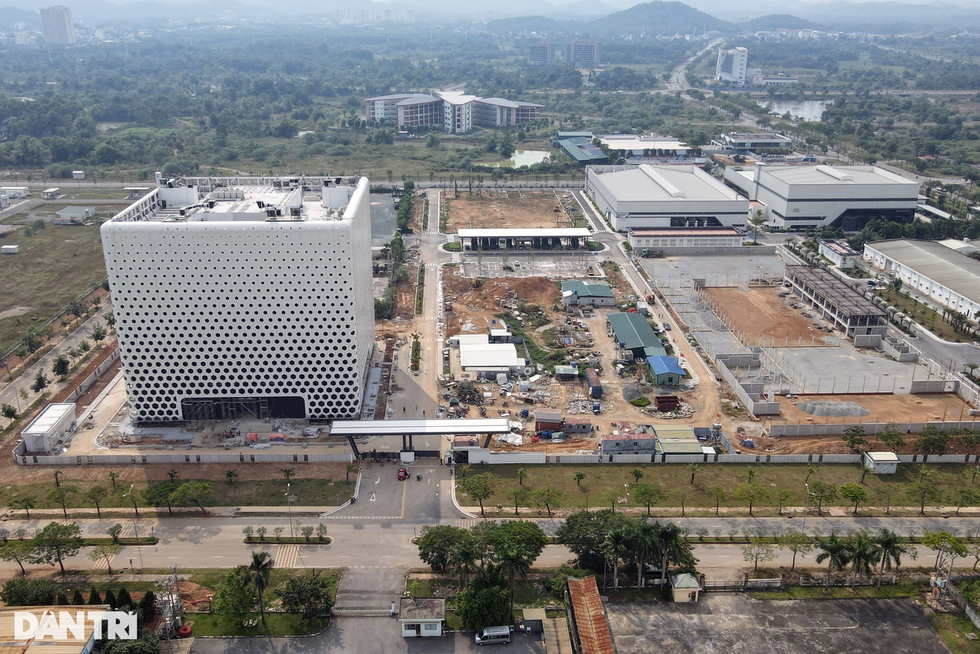
Hoa Lac High-Tech Park, Hanoi (Photo: Ha Phong).
The second is the bottleneck in mechanism and working environment. Why do we lack and lose talent?
Dr. Duong Quoc Bao affirmed that the problem does not lie in people, because Vietnamese people have "very high intelligence", but in the "mechanism".
He believes that Vietnam is facing a situation where dedicated scientists and intellectuals often face "administrative constraints" when returning home, instead of being able to focus on research.

Vietnam's talent problem lies not in people, but in institutions.
Dr. Duong Quoc Bao - Faculty of International Relations, Academy of Journalism and Communication
“They lack an environment that allows them to be calm and focus on scientific research, and a good income to support their families.” This inner “tear” is the core cause of the “brain drain,” Dr. Bao said.
Third is the investment bottleneck, when that stifling working environment is compounded by a lack of investment. According to expert Ha Huy Ngoc, Vietnam's total expenditure on research and development (R&D) is only 0.5% of GDP, too low compared to competitors like South Korea (4.8%).
This capital is not only scarce but also spread out across many ministries and sectors and stuck in administrative barriers in disbursement. This makes it impossible for Vietnam to form large-scale science and technology clusters or "centers of excellence", and lacks a world-class research environment to retain talent.
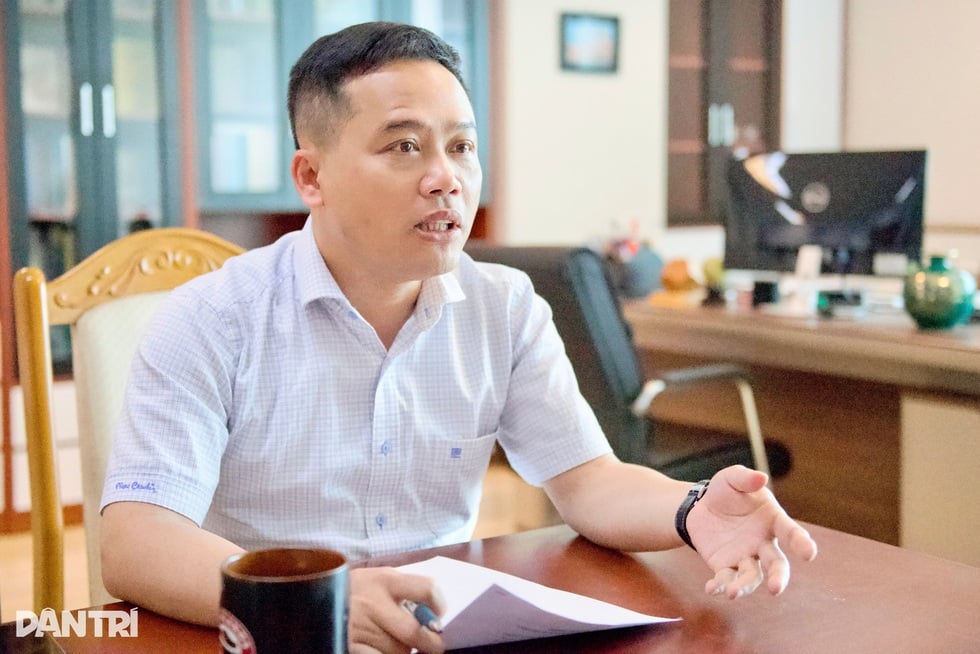
Dr. Ha Huy Ngoc, Director of the Center for Research on Local and Territorial Economic Policy and Strategy, Vietnam and World Economic Institute (Photo: Quyet Thang).
Fourth, the bottleneck in the "three-way" linkage including the State - School - Enterprise, a vital factor of every innovation ecosystem, is still extremely weak in Vietnam.
Expert Ha Huy Ngoc pointed out that universities and businesses mostly operate without connection with each other.
This leads to a double consequence: Training programs are outdated and misaligned with skill needs, forcing businesses to spend money on retraining.
Meanwhile, R&D cooperation is very limited, making it impossible for research to reach the market, according to Dr. Duong Quoc Bao.
Vietnam's actions
Clearly identifying systemic bottlenecks, the Draft Documents, especially the Draft Action Program of the 14th Congress, have proposed a series of specific tasks and strategic projects, focusing on breakthrough and synchronous solutions to pave the way and create development.
First is institutional breakthrough. This is the top priority solution, the "bottleneck of bottlenecks". The Action Program aims for "strong institutional breakthrough", including:
Building a new legal framework: Perfecting laws for emerging fields such as artificial intelligence (AI), digital assets, and FinTech (financial technology).
Sandbox: Pilot a controlled testing mechanism so that new ideas do not "die young" due to lack of legal corridors.
Outstanding mechanism: Applying "special, unique, internationally competitive mechanisms and policies" to dynamic regions, technology special zones, free trade zones and international financial centers. This is the key to attracting global technology "eagles".
The second is a breakthrough in talent and investment. To address the "talent gap" and "investment gap", the new strategy shifts from widespread investment to strong resource concentration.
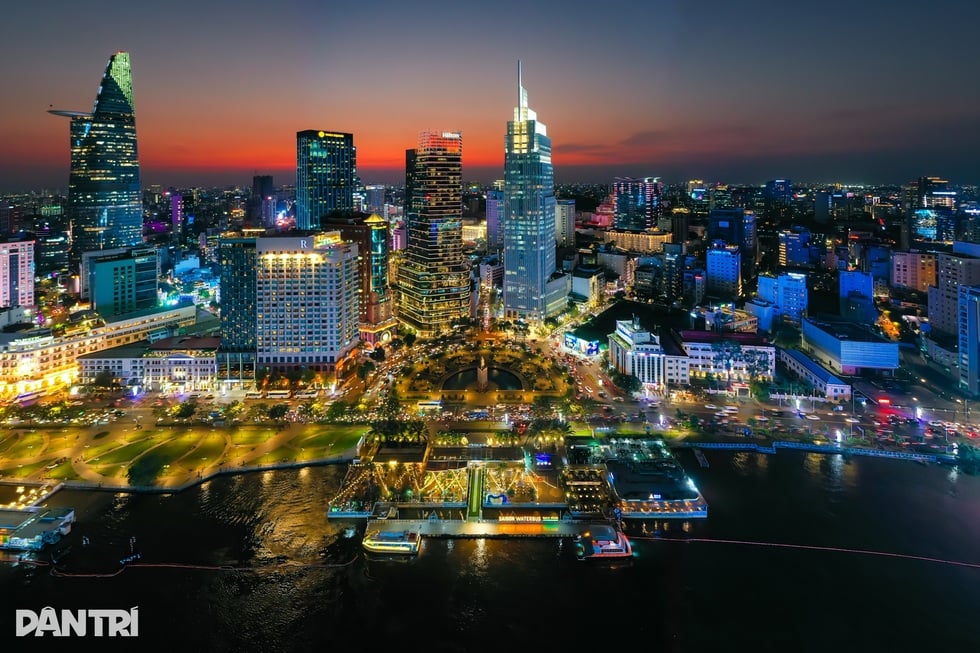
Dr. Ha Huy Ngoc proposed a number of solutions for human resources. The first is the "Excellent University" program, which focuses on key investments for a small group of leading science and technology universities, sets ambitious targets for the proportion of lecturers with doctoral degrees, and requires close coordination with businesses.
At the same time, deploy postgraduate scholarships to sponsor master's and doctoral students in high-tech fields, prioritizing semiconductors, AI, and biotechnology.
Commenting on the Draft, Dr. Duong Quoc Bao said that it is necessary to create a working environment and special treatment mechanism so that scientists can "feel secure" in researching and writing.
Dr. Ha Huy Ngoc believes that it is necessary to build an ecosystem to break the "village pond" situation and fragmentation. Solutions focus on creating typical "converging clusters" such as:
Shared R&D infrastructure: Instead of each locality investing on its own, the State will build "National Centers of Excellence" and "lab-to-fab" facilities. These facilities will open access to universities and startups, solving the problem of research equipment shortages.
Enterprise is the center: Affirming that "private economic development is the most important driving force".
According to the proposal of expert Ha Huy Ngoc, it is necessary to establish "Vietnam Talent and Technology Innovation Alliances", using counterpart budgets to promote FDI (foreign investment capital) corporations to cooperate and transfer technology to domestic small and medium enterprises.
Substantive training linkage: Institutionalize the "three-house" linkage to create conditions for scientists and even students to access and collect real data, turning scientific research into valuable and practical research, as expected by Dr. Duong Quoc Bao.
"Bridge" of scientific communication
A comprehensive strategy cannot lack the role of mass media. However, Dr. Duong Quoc Bao pointed out a "gap" in the Draft Documents, which is "not specifically or fully mentioning the role of the press in disseminating scientific and technological information".
He analyzed that science and technology - innovation cannot be successful without the understanding, consensus and participation of the people. The press is the indispensable bridge between the Party's policies, the actions of businesses and the participation of society.
In the context of the explosion of fake information and toxic information, the role of mainstream media in providing accurate scientific knowledge and helping people have the right awareness about digital transformation is of utmost importance.
Furthermore, the press is also a channel for the State to understand the problems and difficulties of businesses, to know what they need to become the center of an economy.
Therefore, one of the parallel tasks to implement the Resolution of the 14th National Congress is to have a large financial investment and deep concern to develop the field of scientific communication, bringing science and technology - innovation into people's daily lives.
The Draft Documents submitted to the 14th National Congress have outlined a strategic, ambitious and completely scientifically based path for Vietnam to realize its 2045 aspiration.
That path places science, technology, innovation and digital transformation in the irreplaceable "key driving force" position. The frank analysis of "bottlenecks" in terms of institutions, talent, investment and connectivity, along with the proposal of breakthrough solutions, shows a strong political determination and a clear vision.
The 2026-2030 term will be a pivotal period to concentrate national resources, remove institutional barriers, build "excellent universities" and form converging technology clusters.
With the "foundation, potential, position and international prestige" that has been built, with the right direction planned and with the consensus and aspiration of the entire nation, we have a solid basis to believe that science and technology - innovation will truly take off, bringing Vietnam firmly into the "era of rising" to be strong and prosperous.
Source: https://dantri.com.vn/cong-nghe/khat-vong-hung-cuong-2045-can-cu-hich-dot-pha-tu-dai-hoi-xiv-20251031014220629.htm




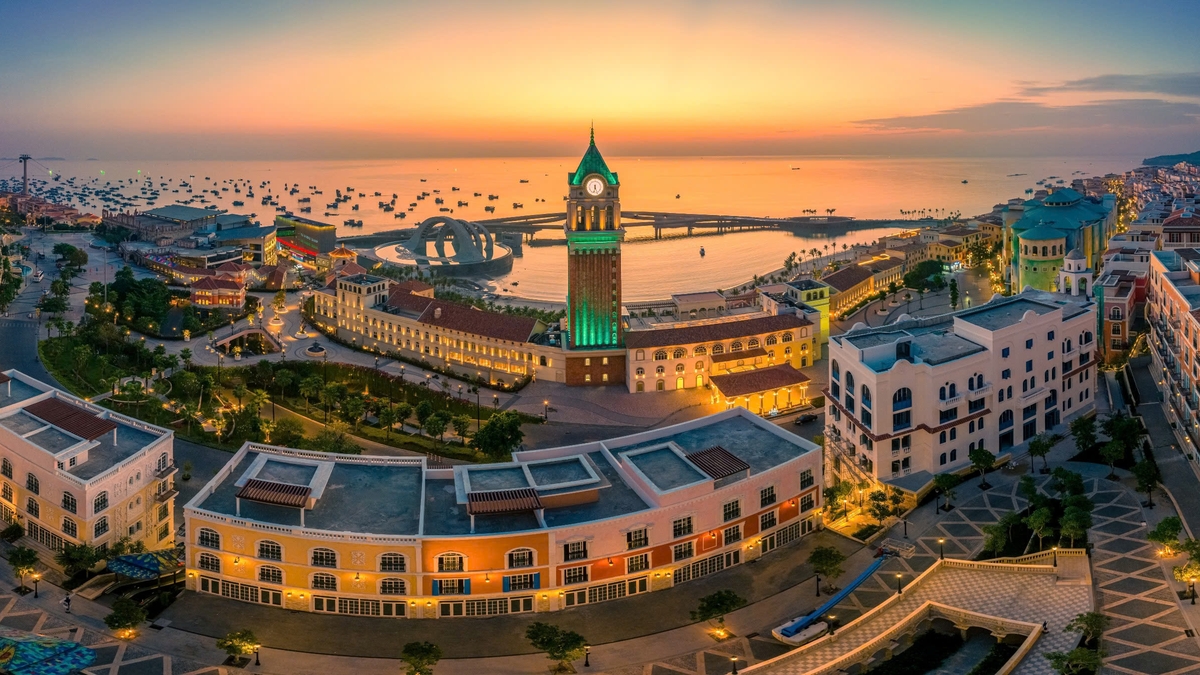







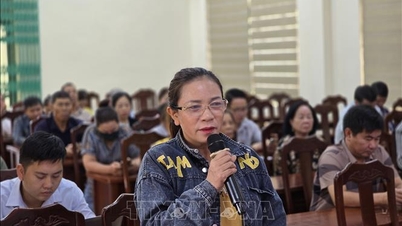




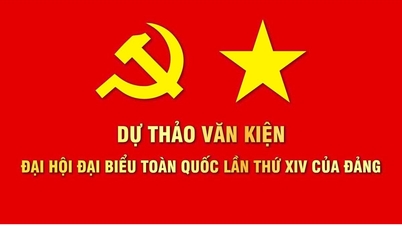
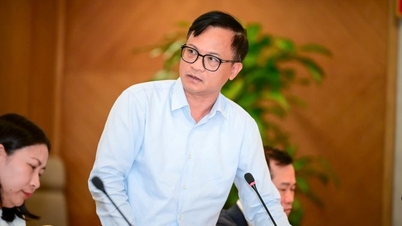


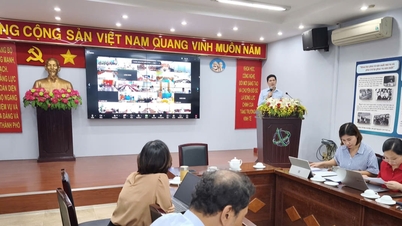













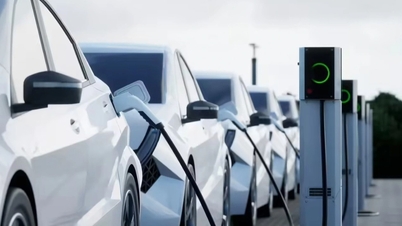

























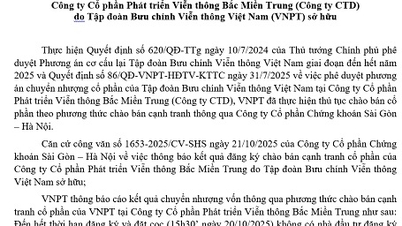
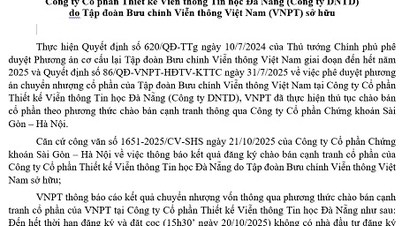













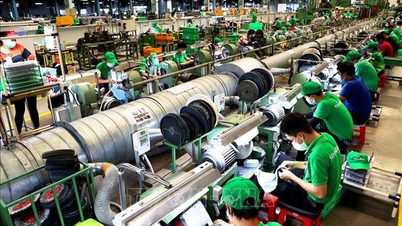
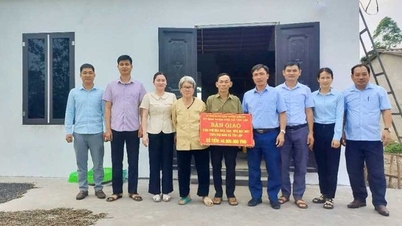





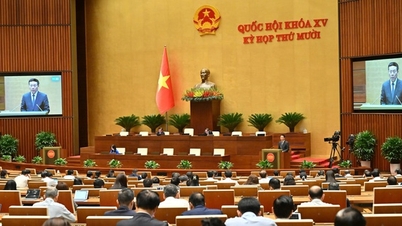



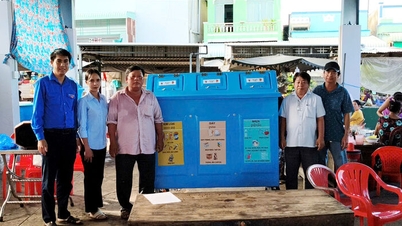























Comment (0)